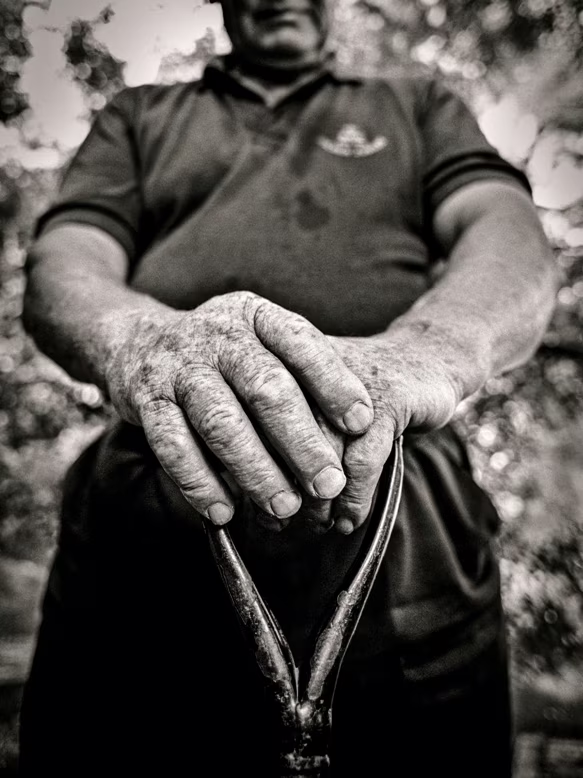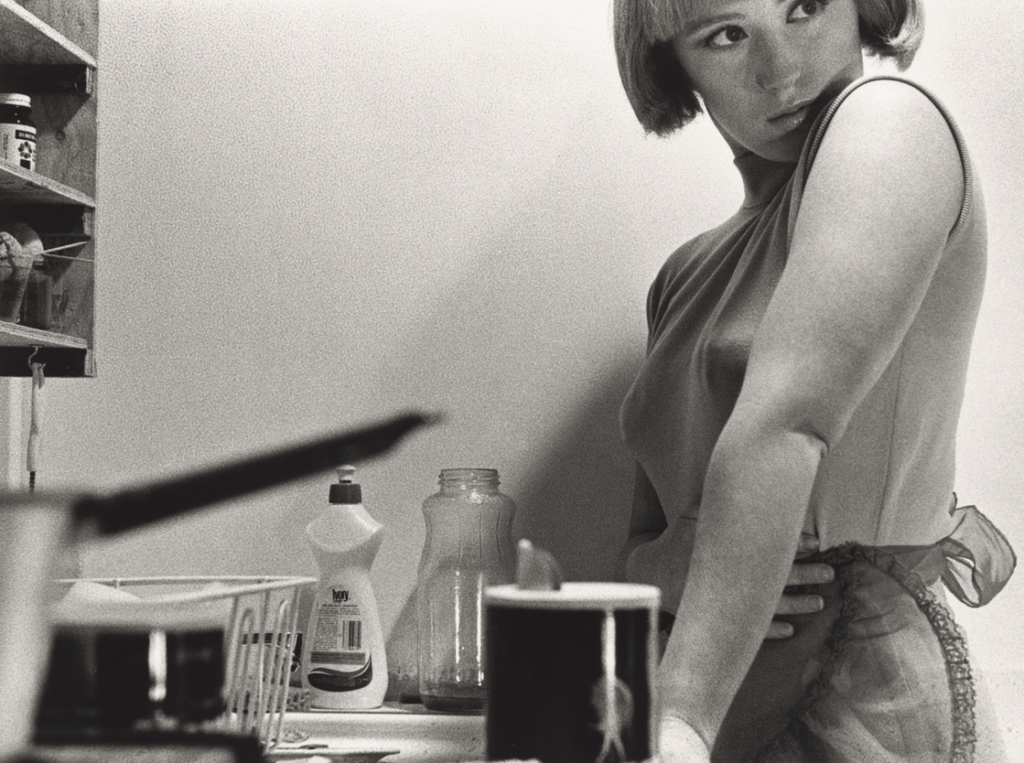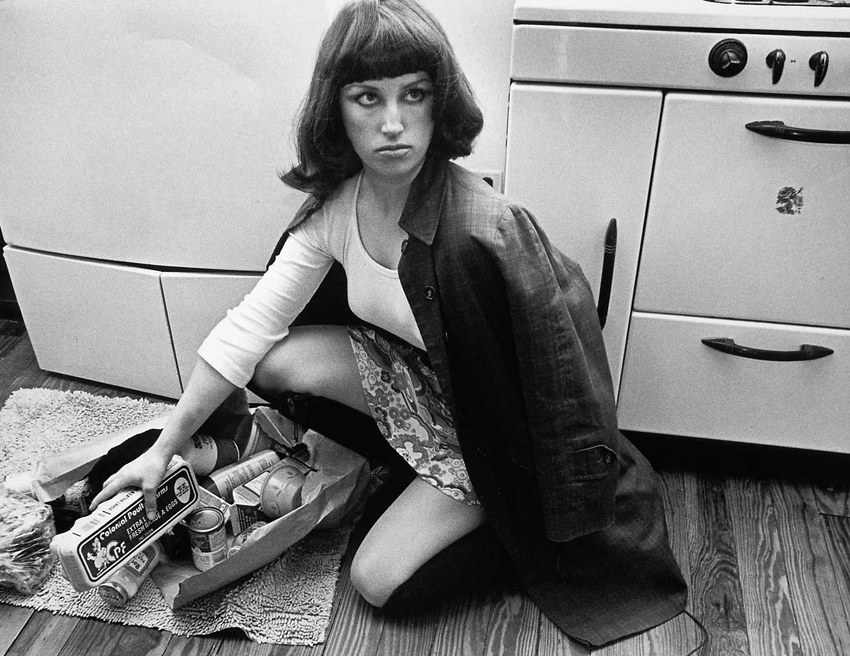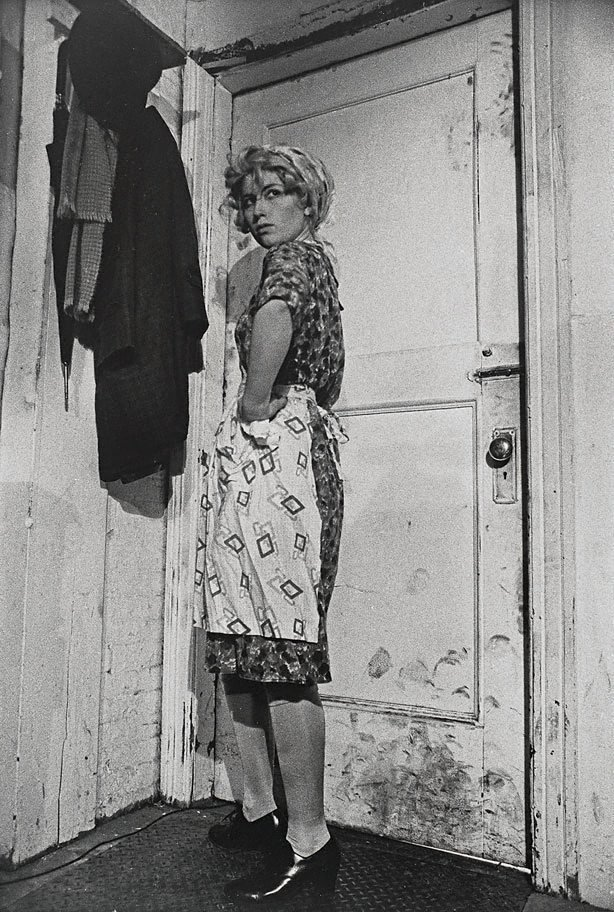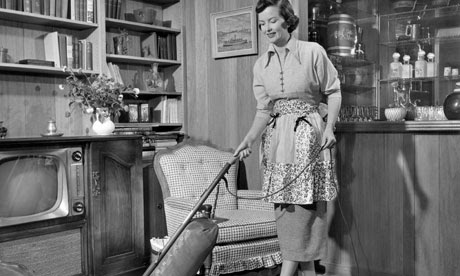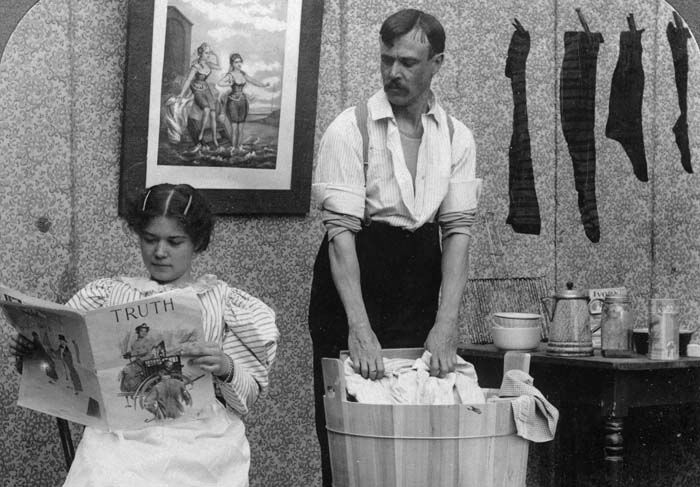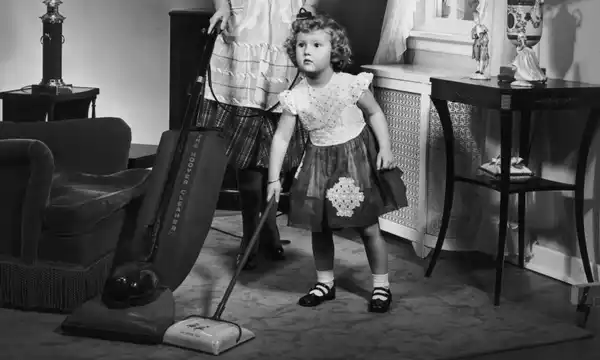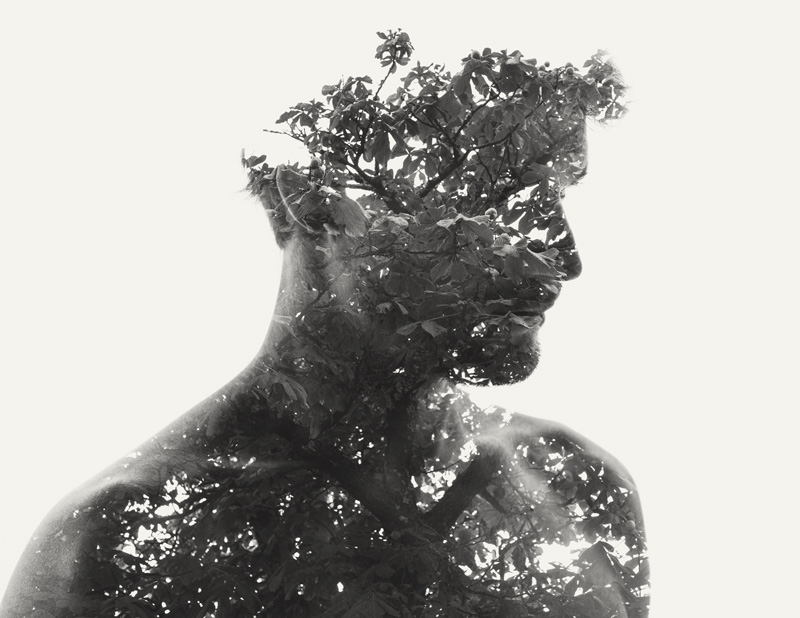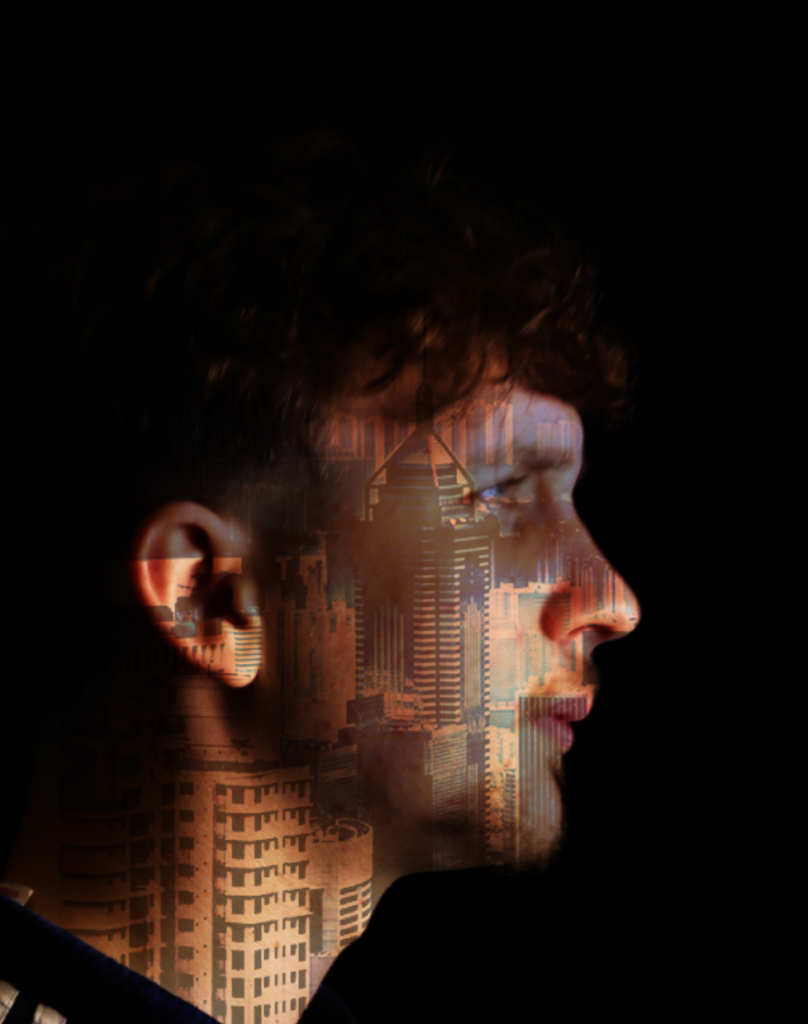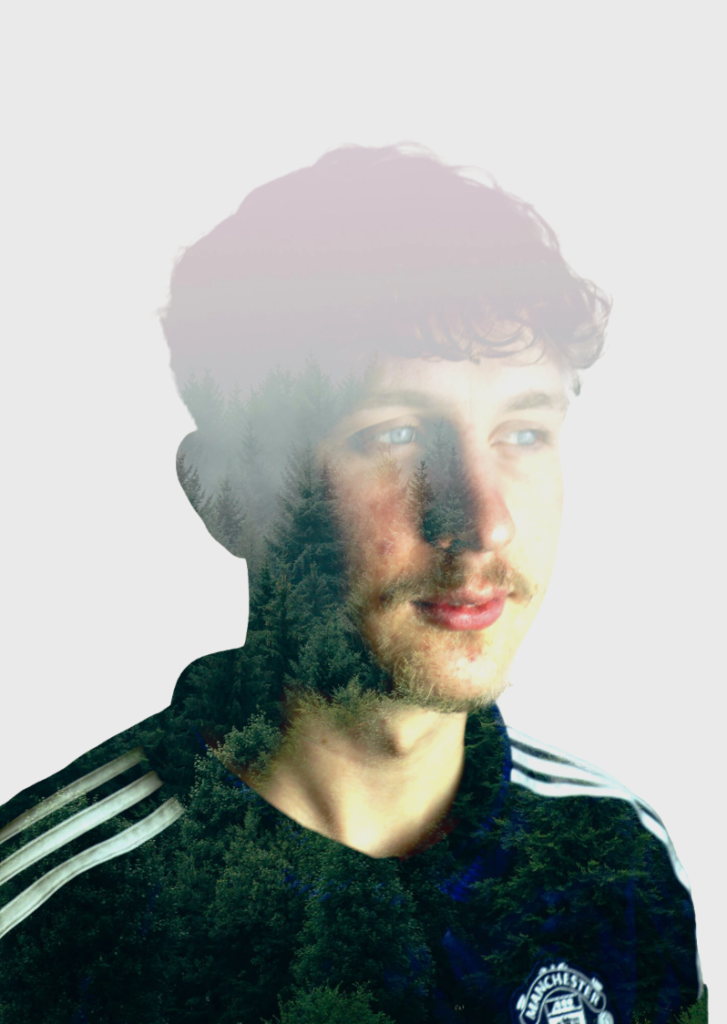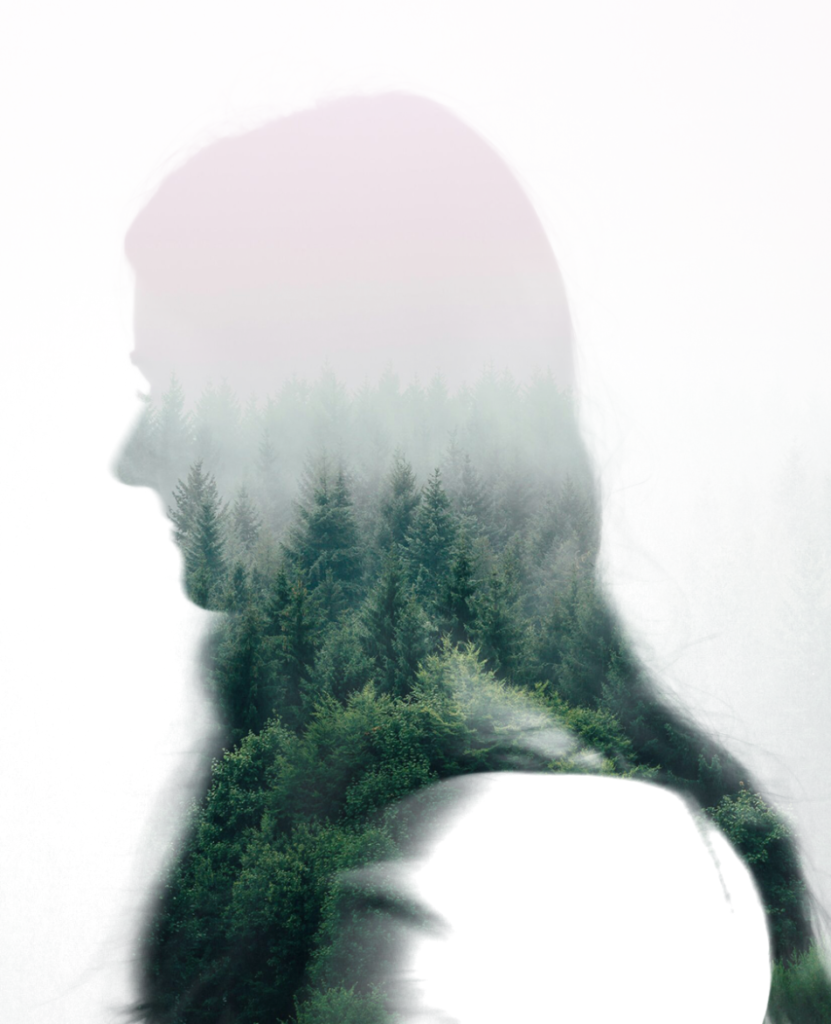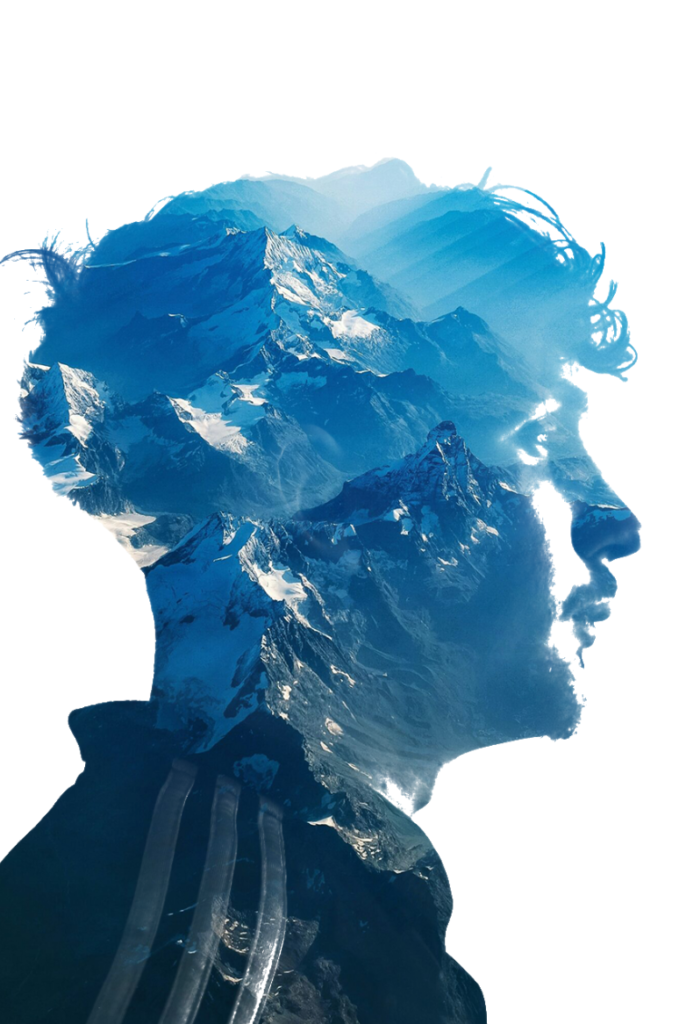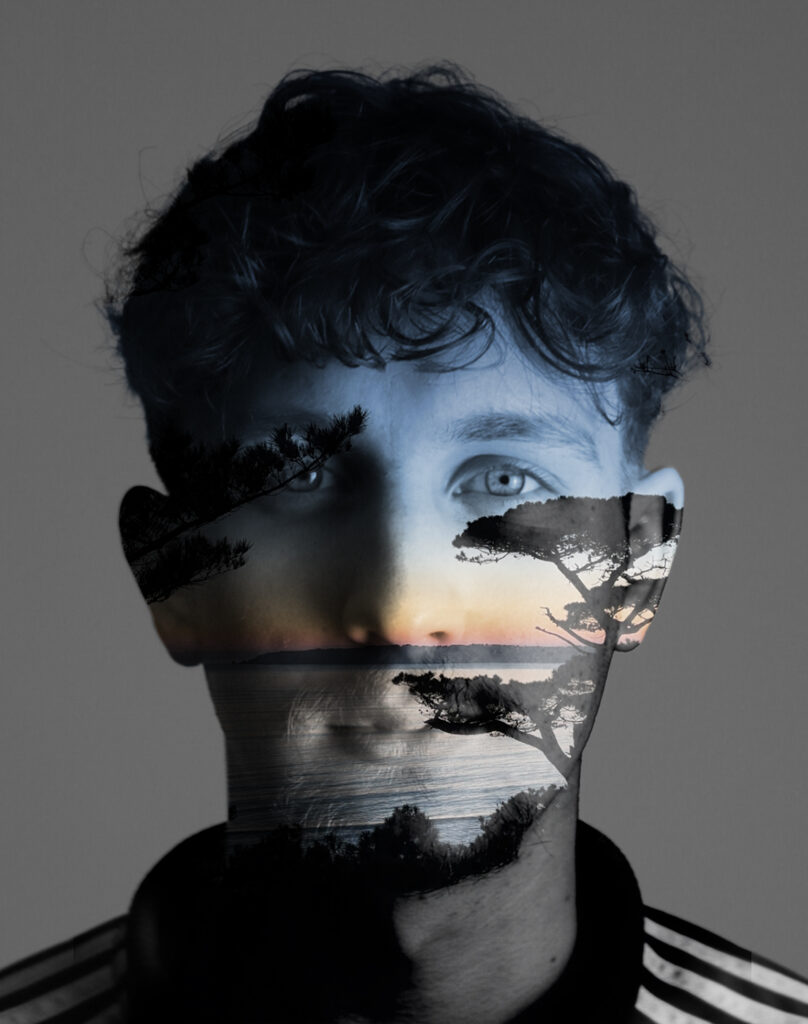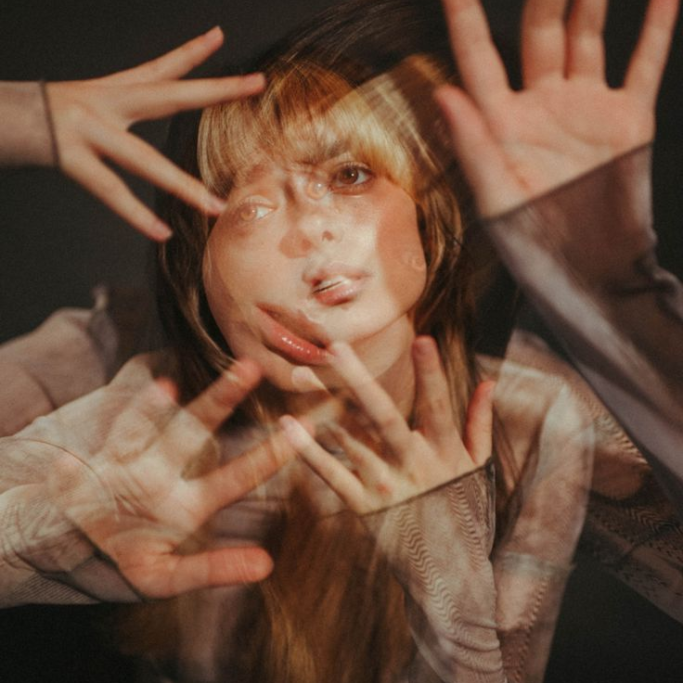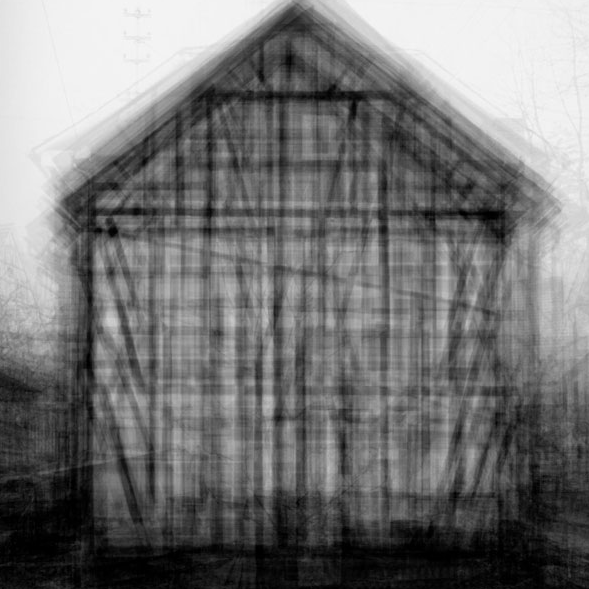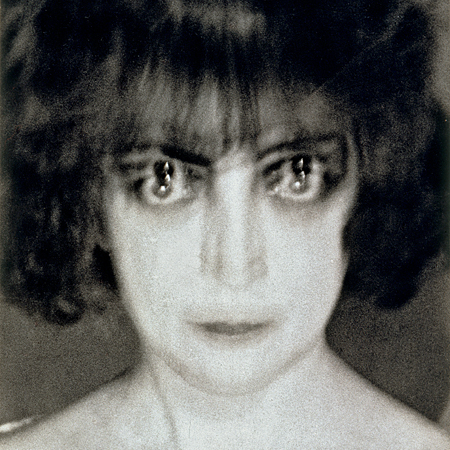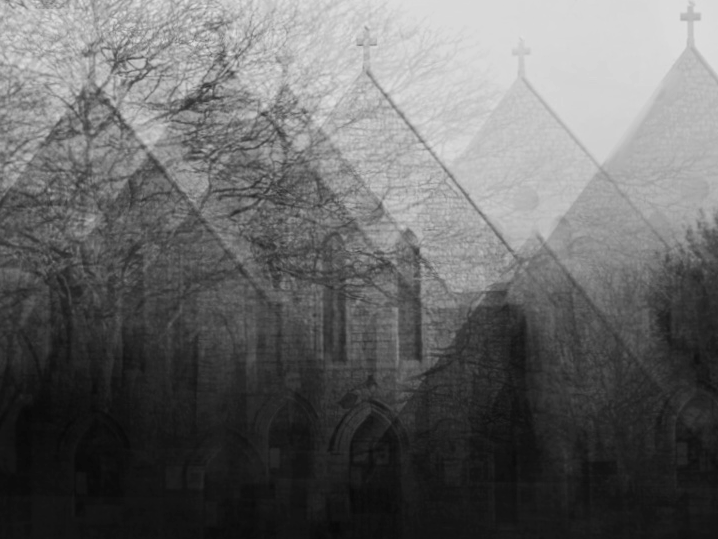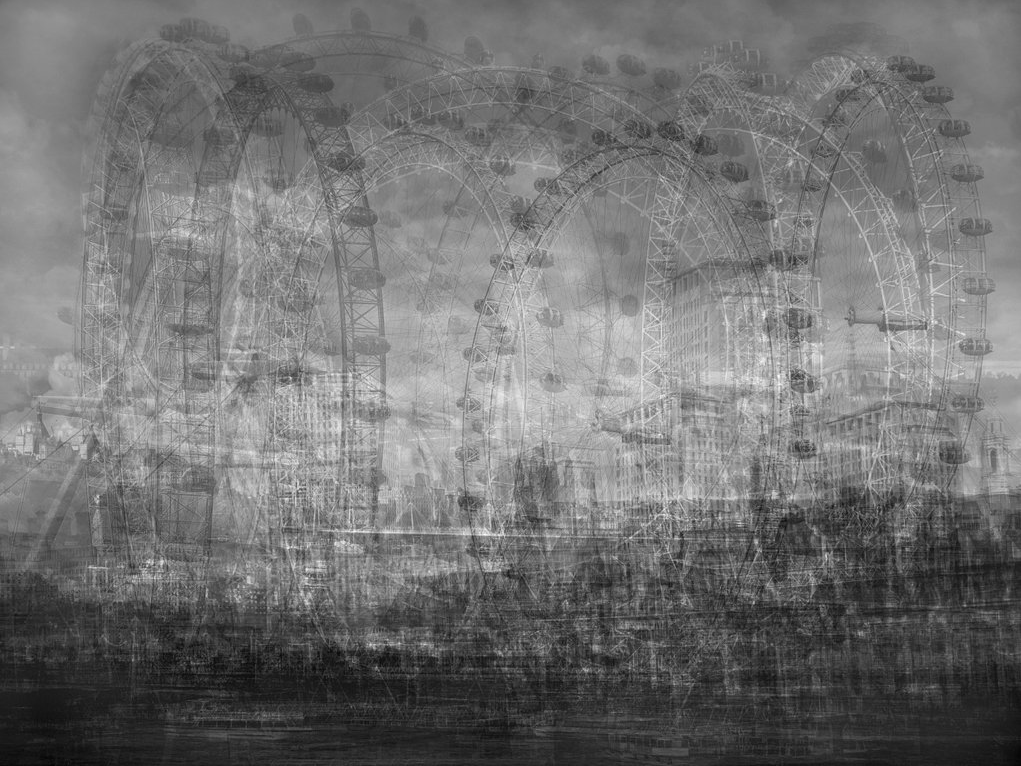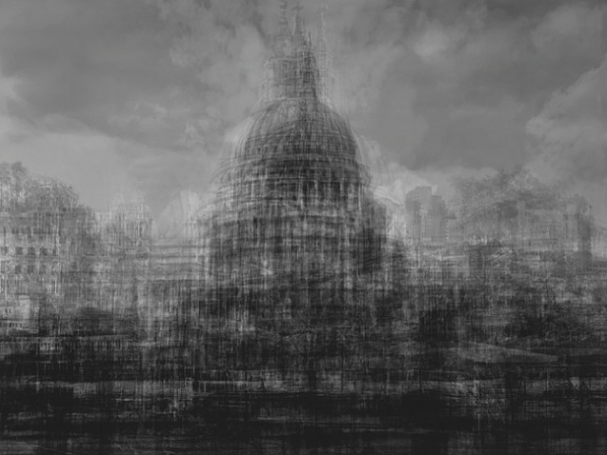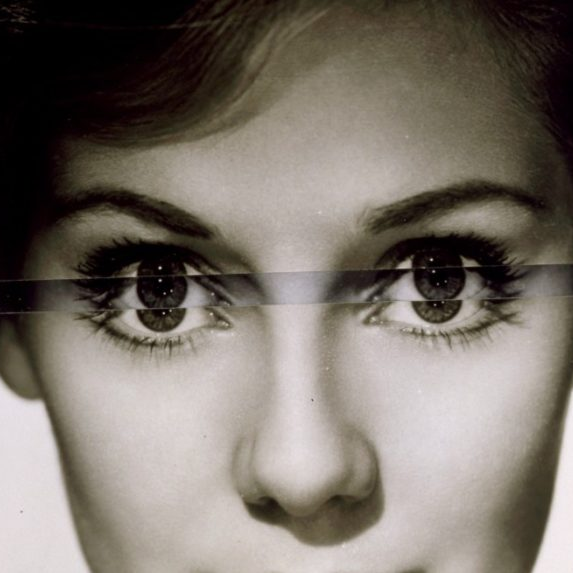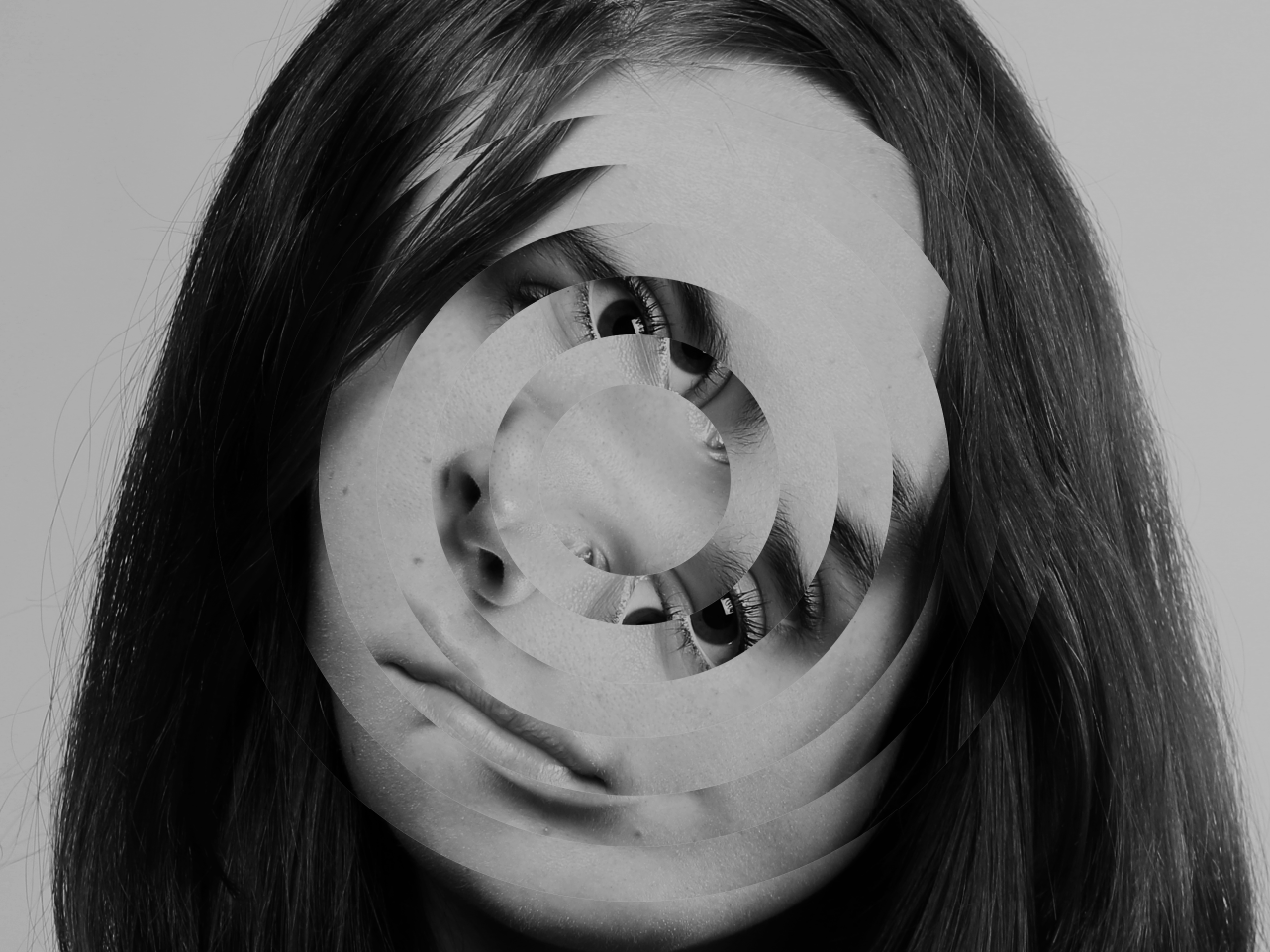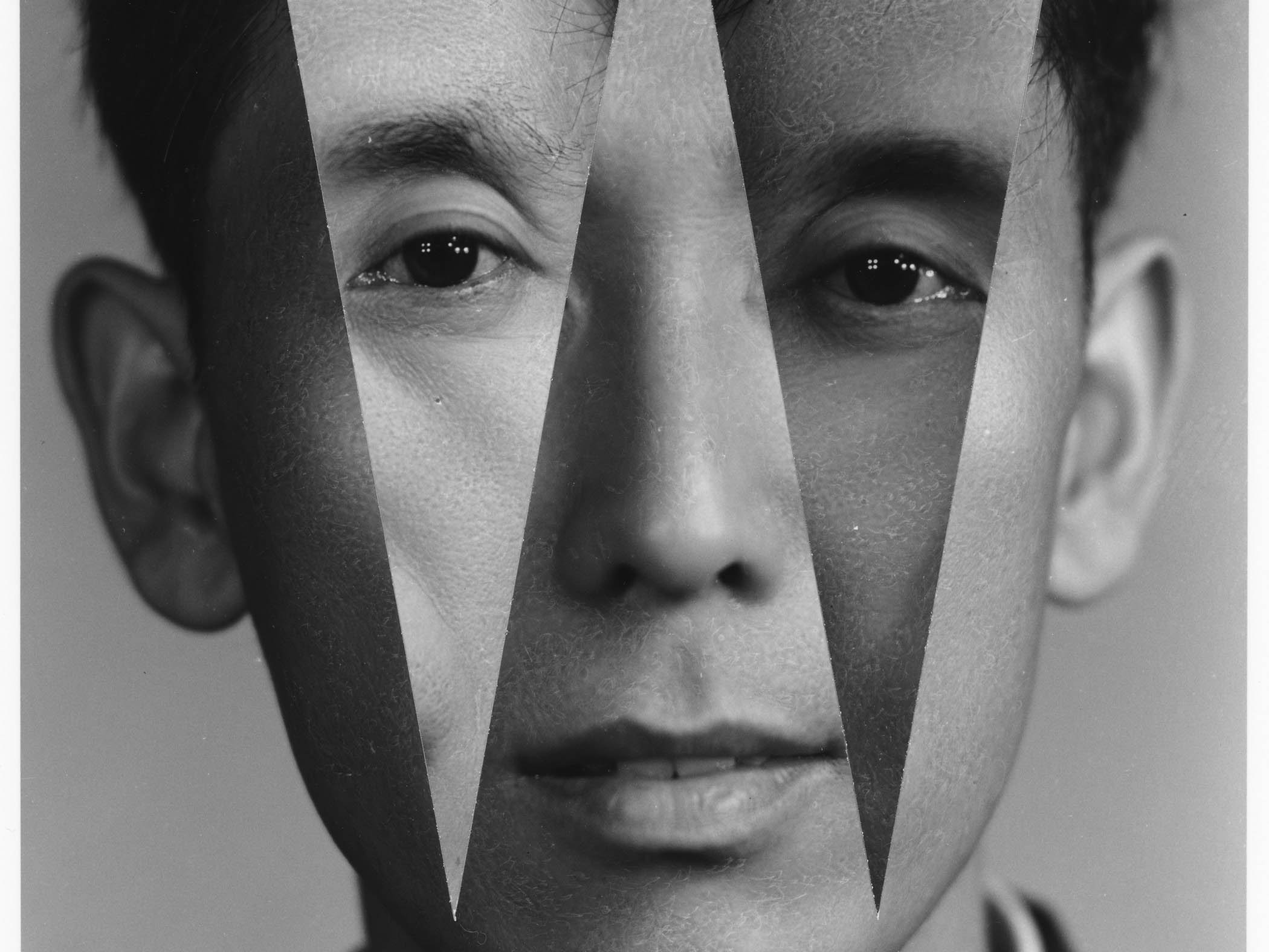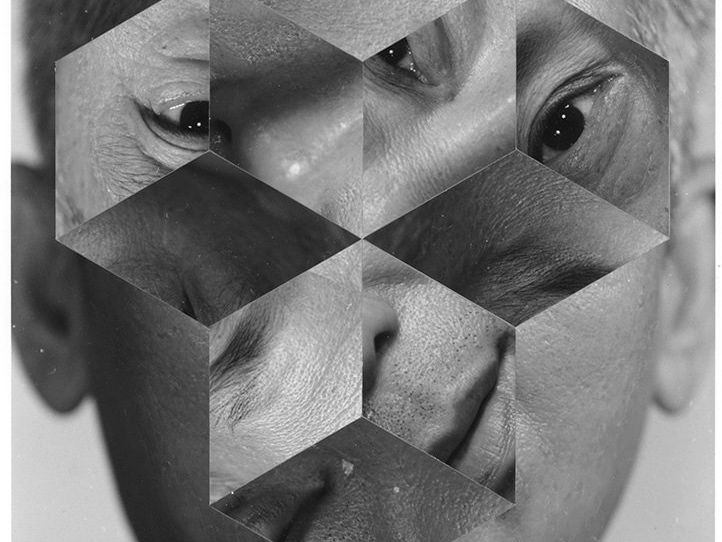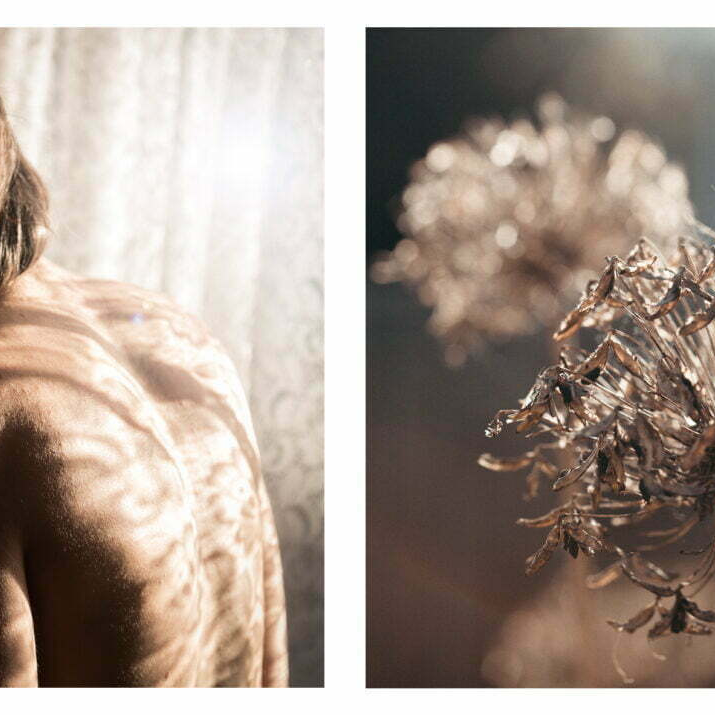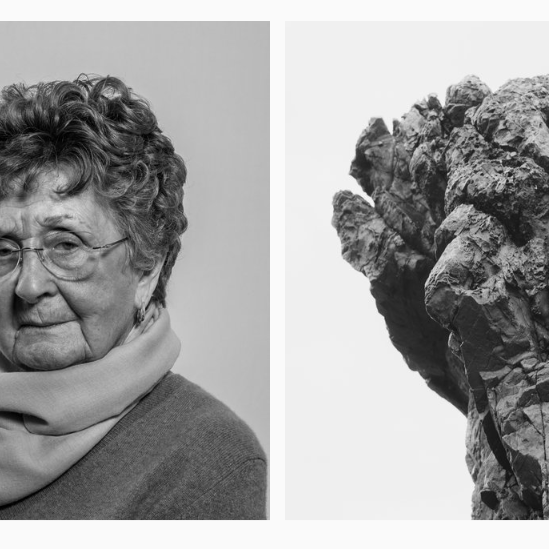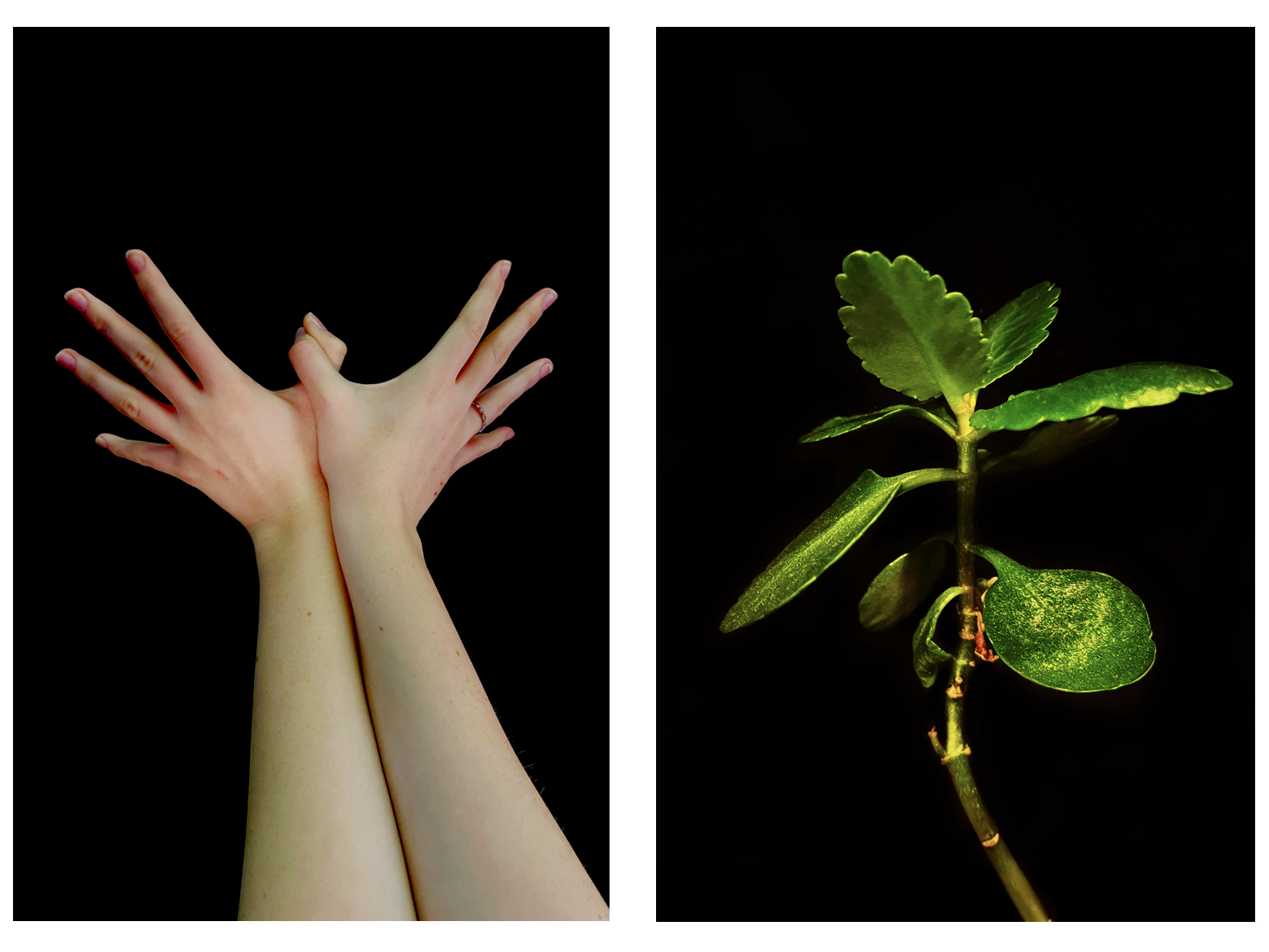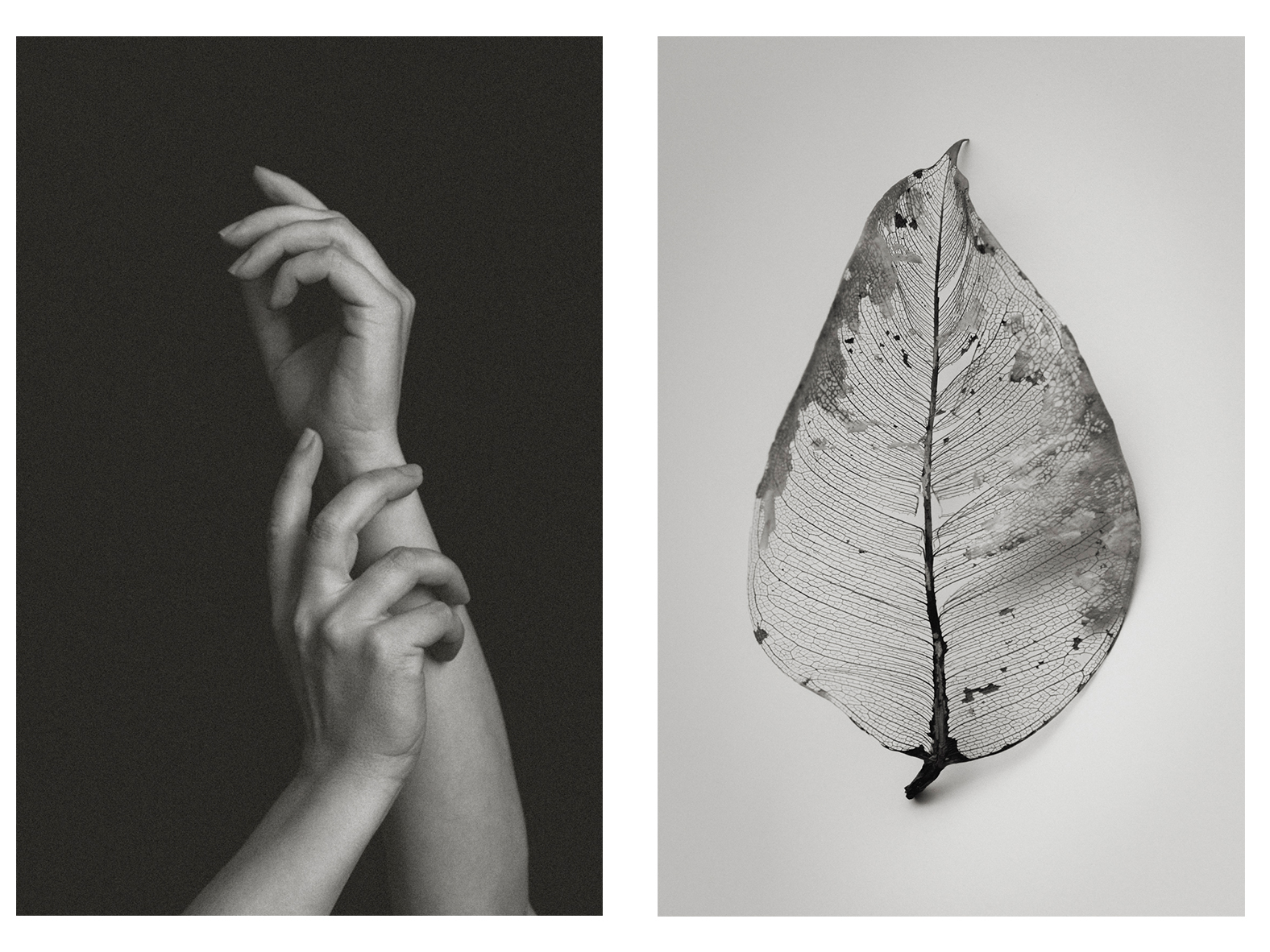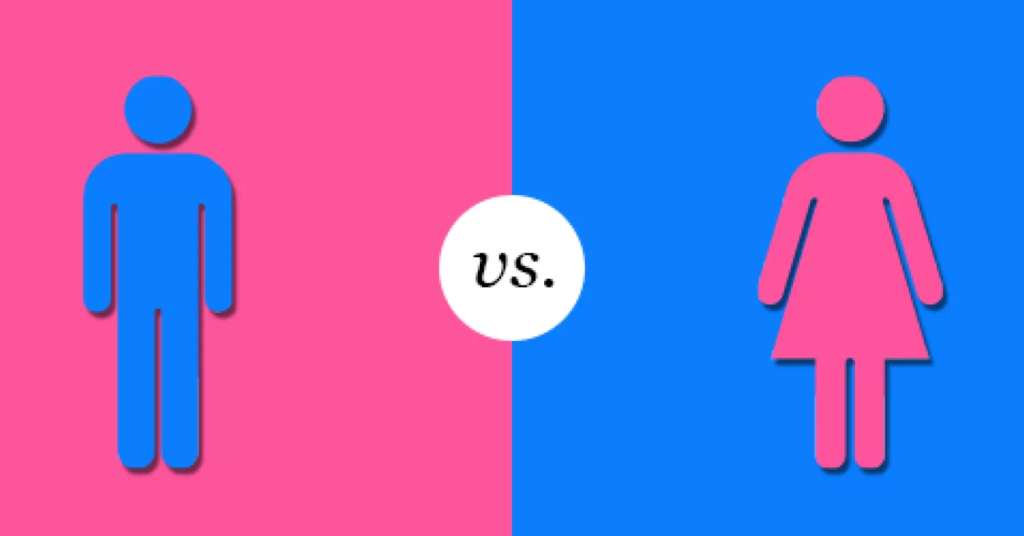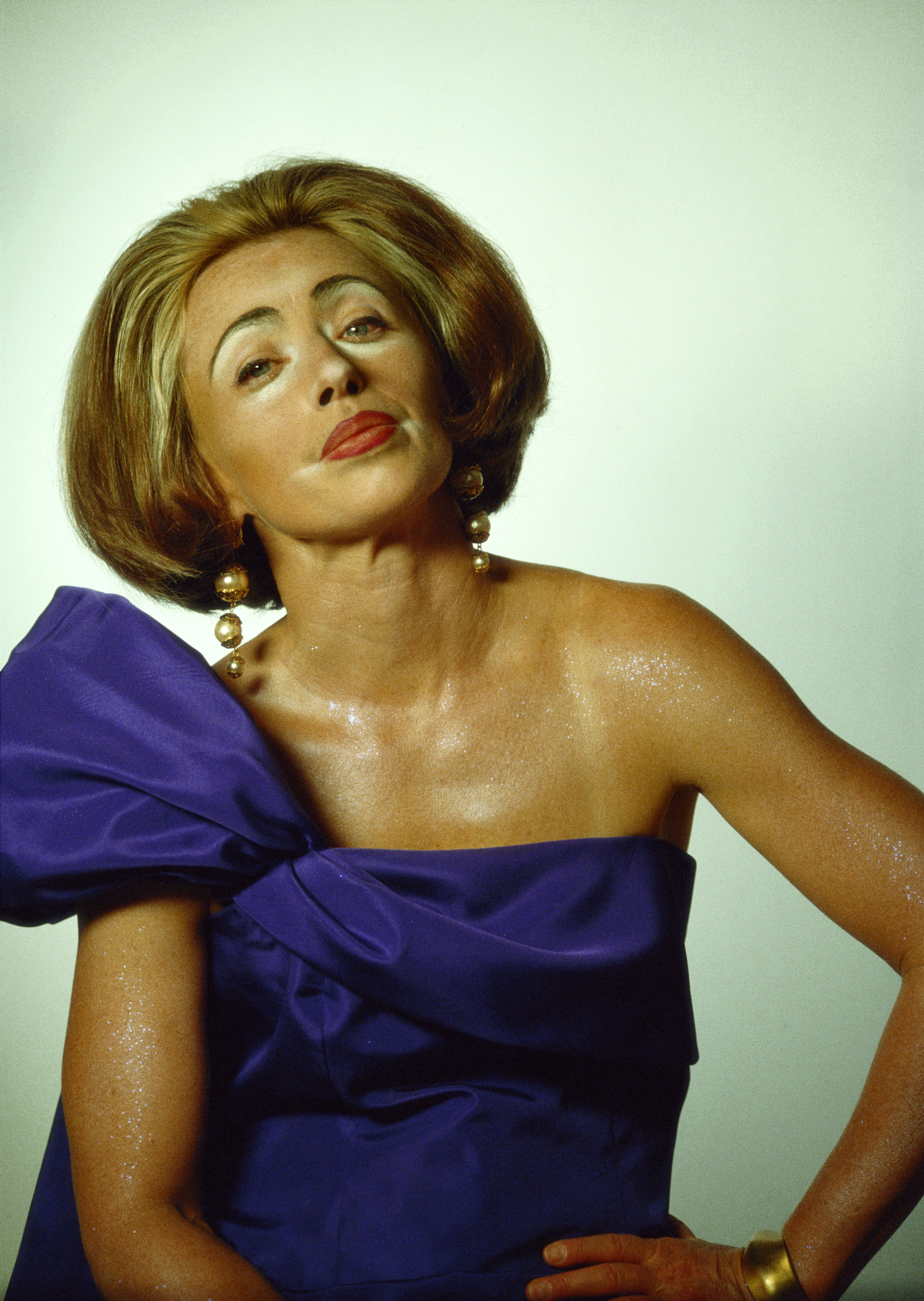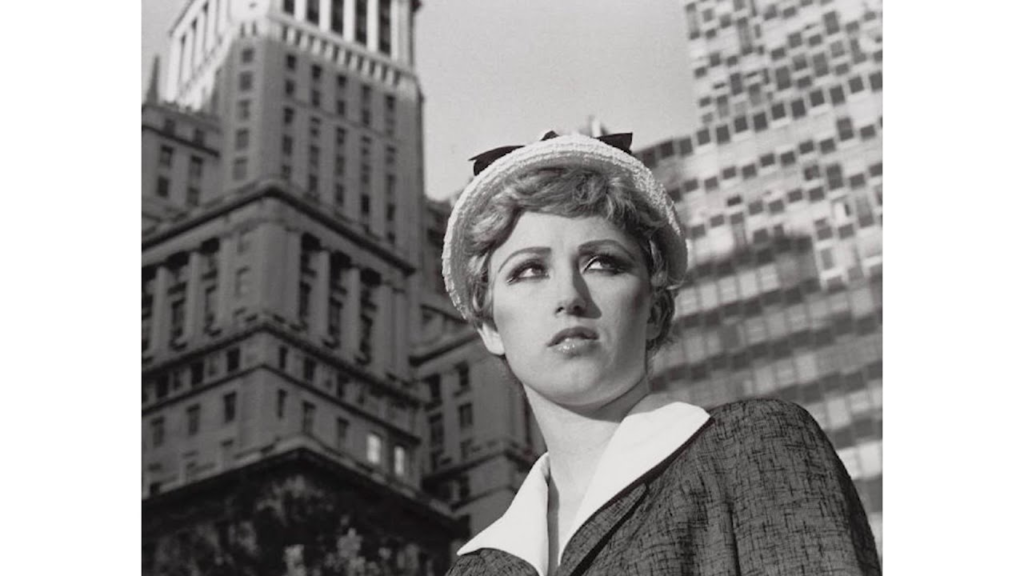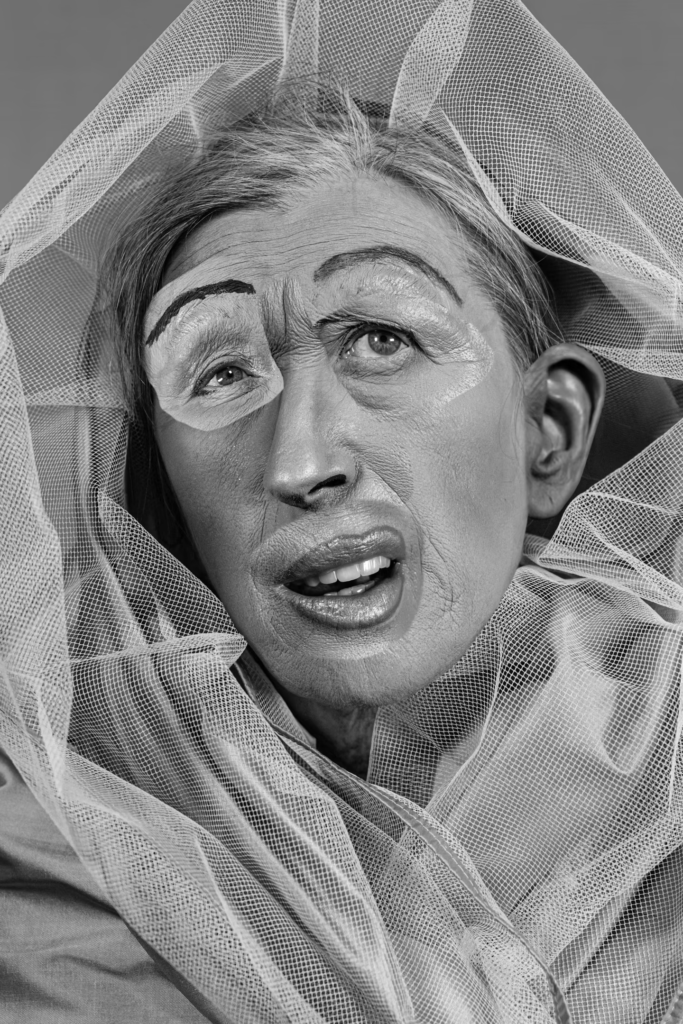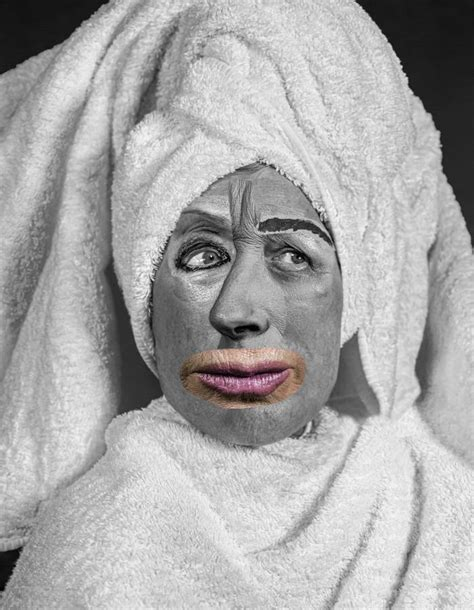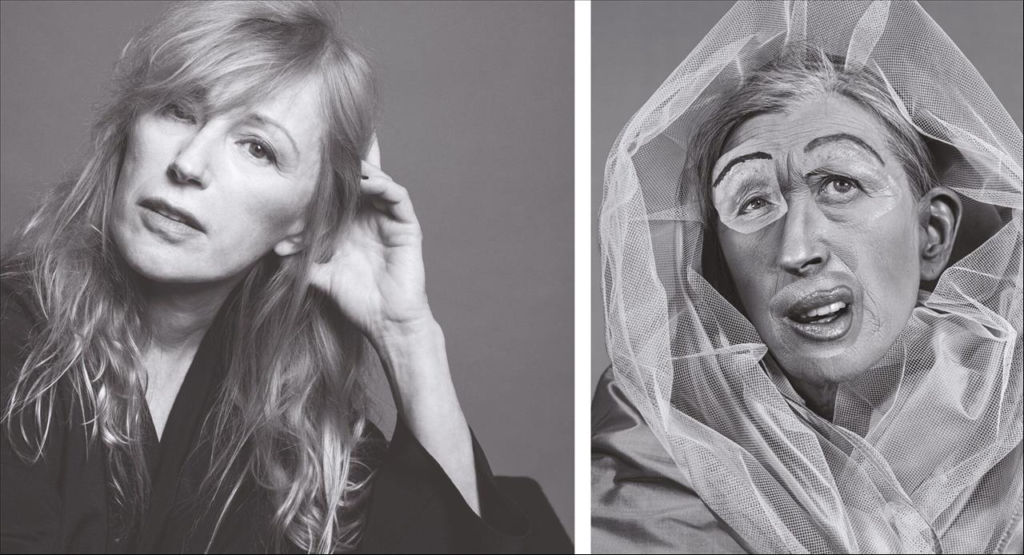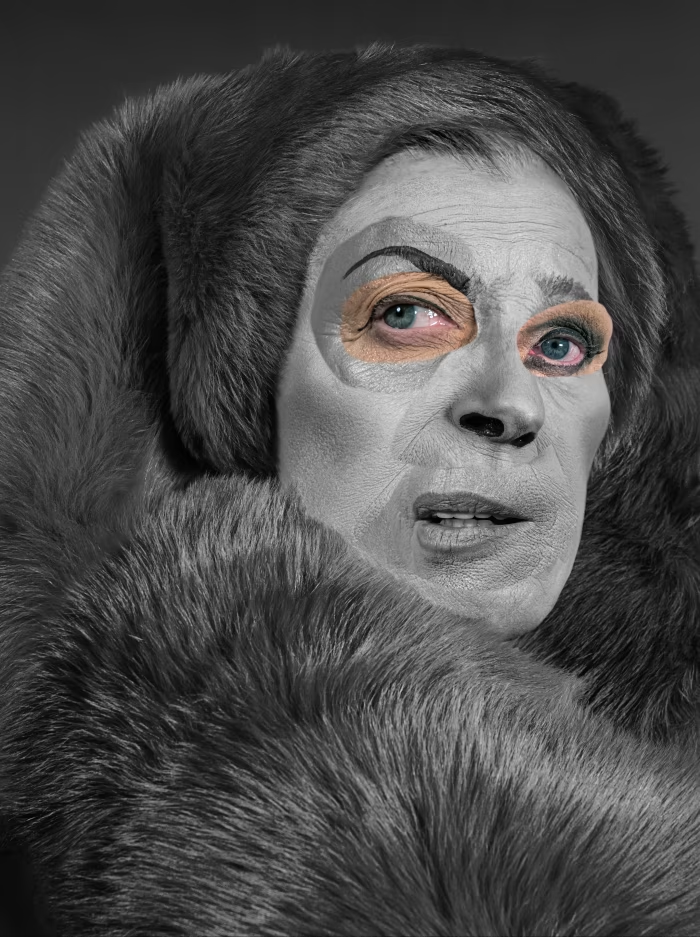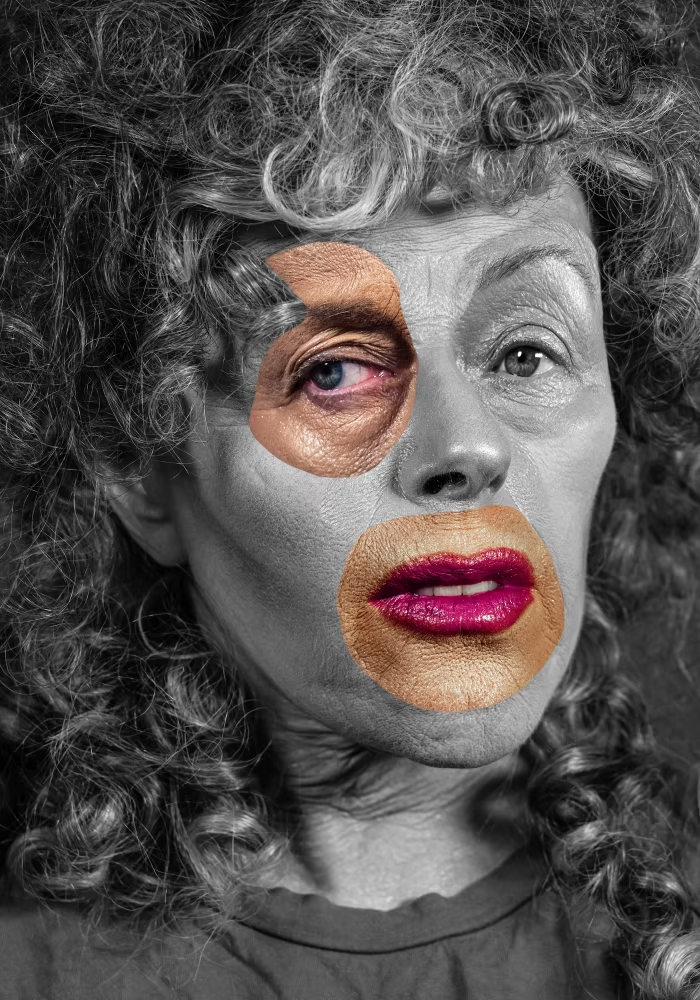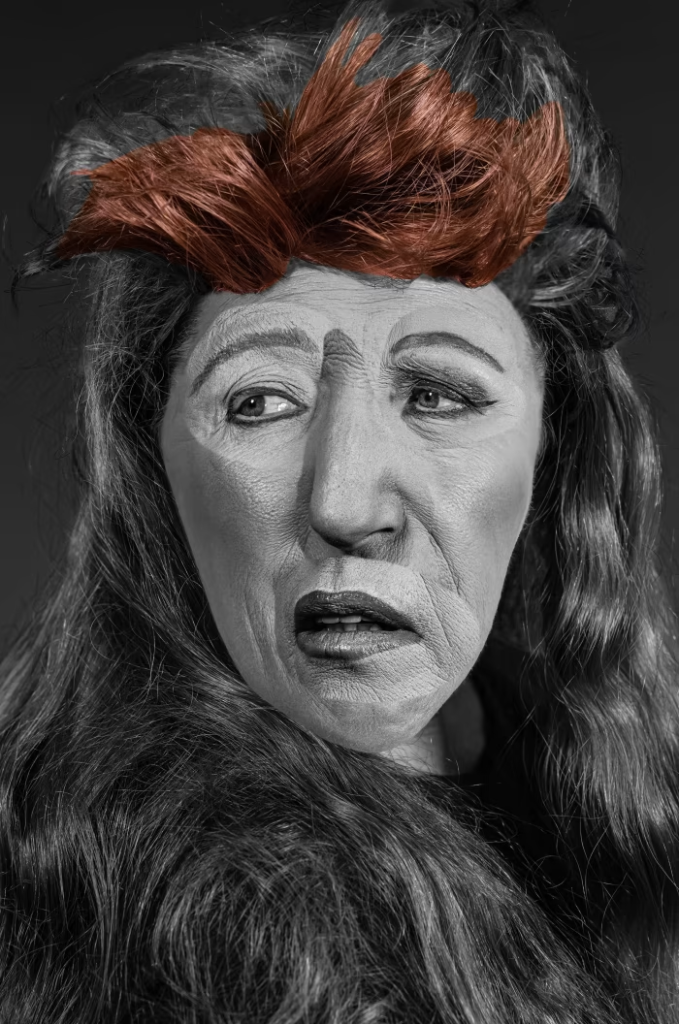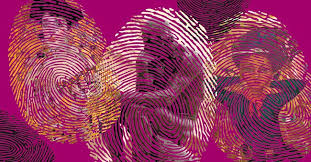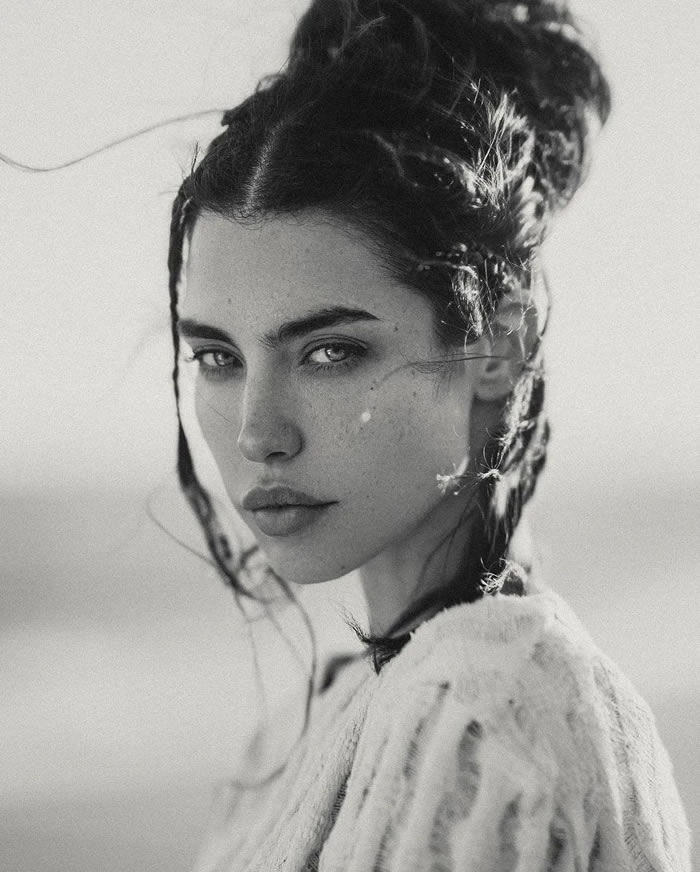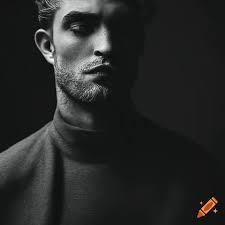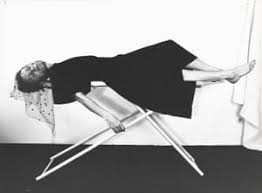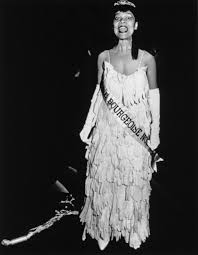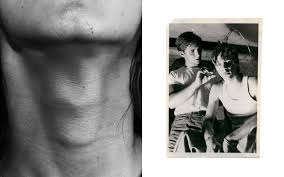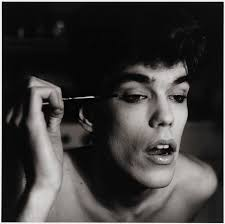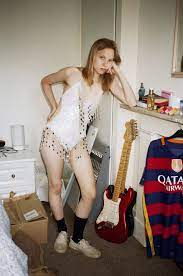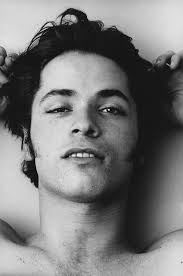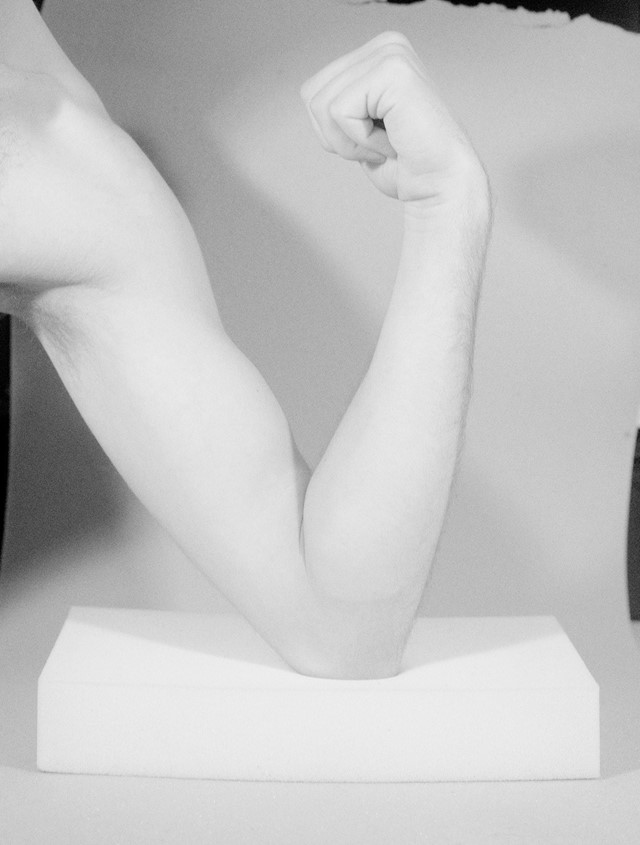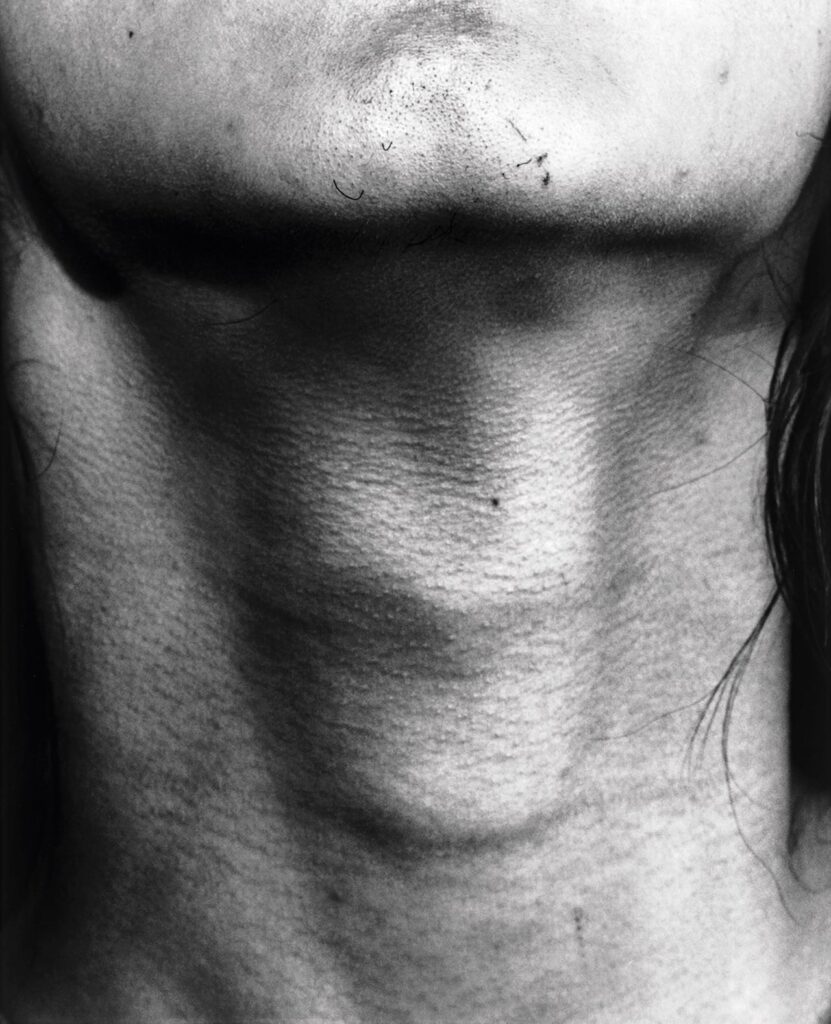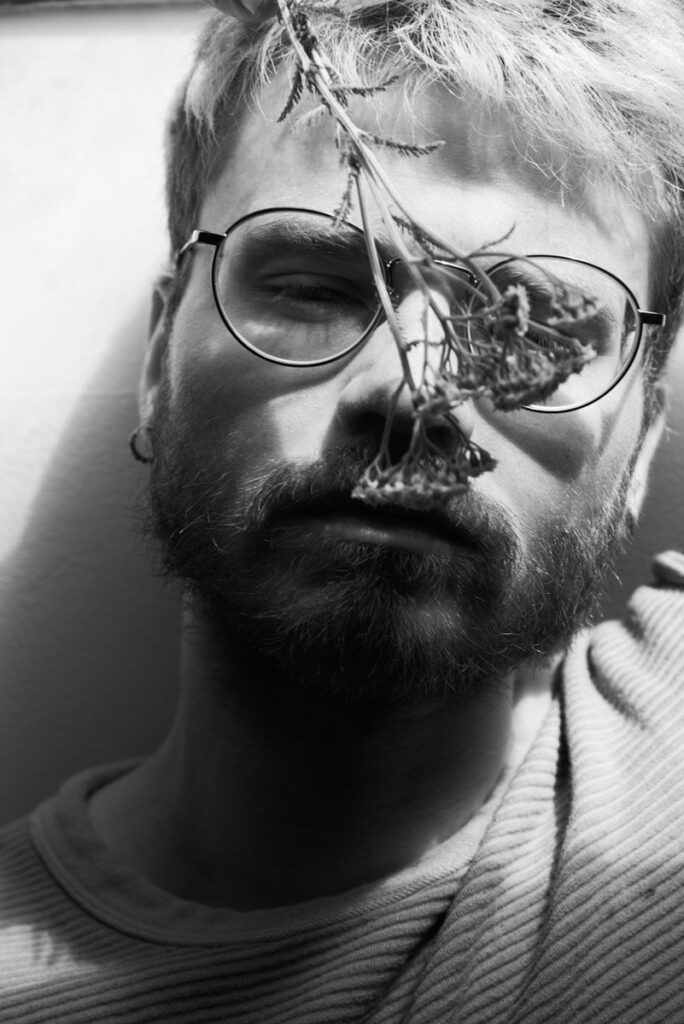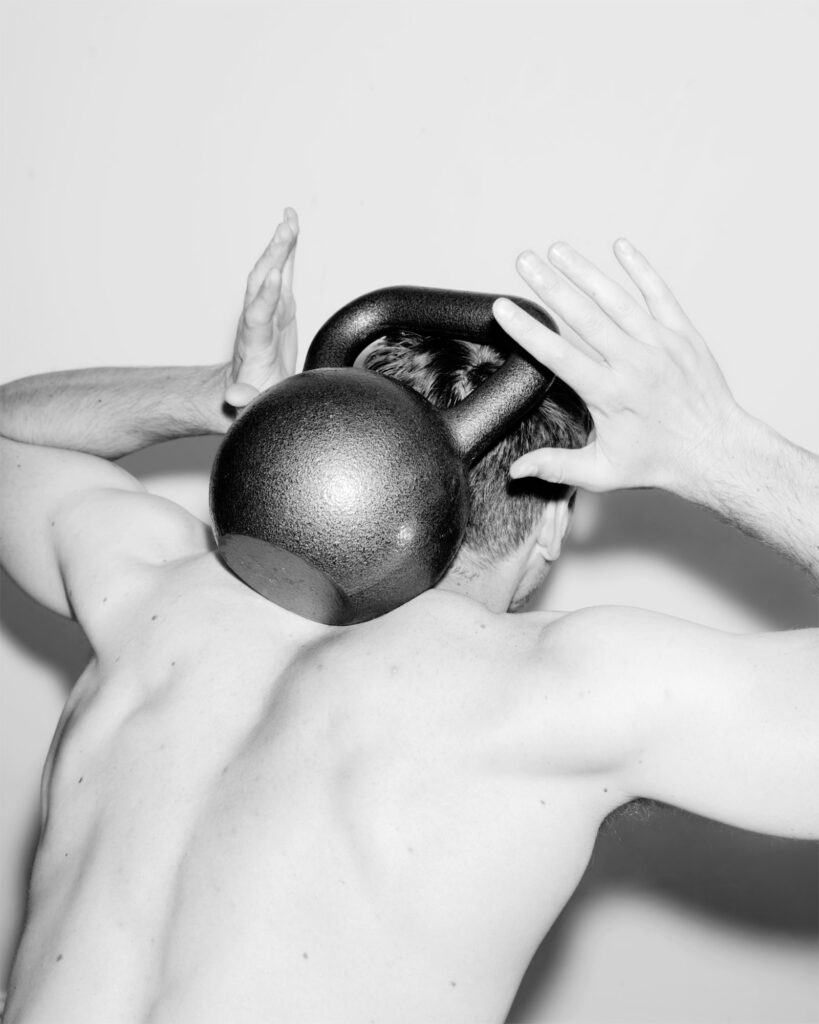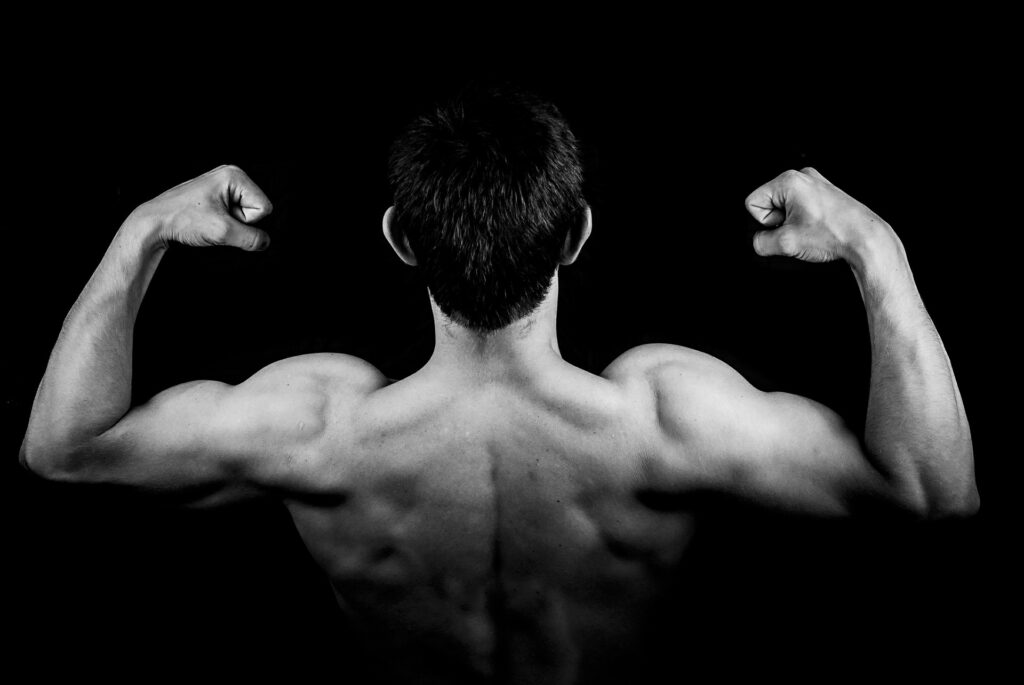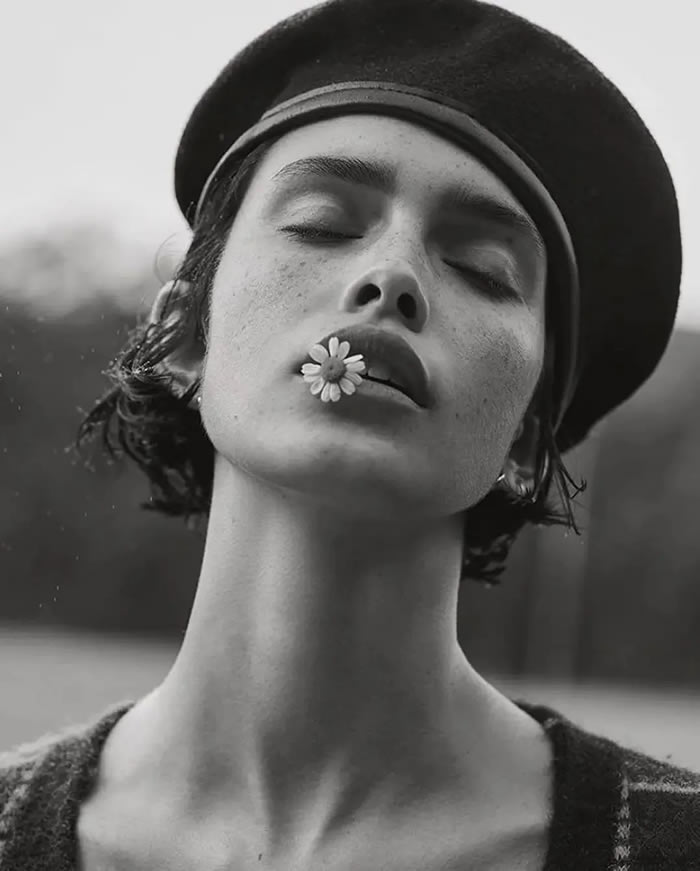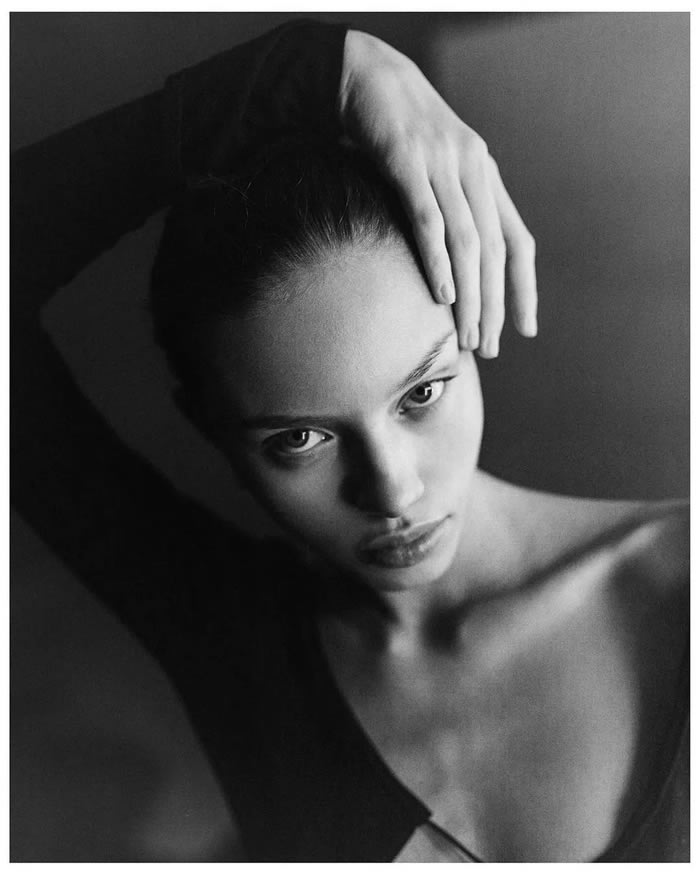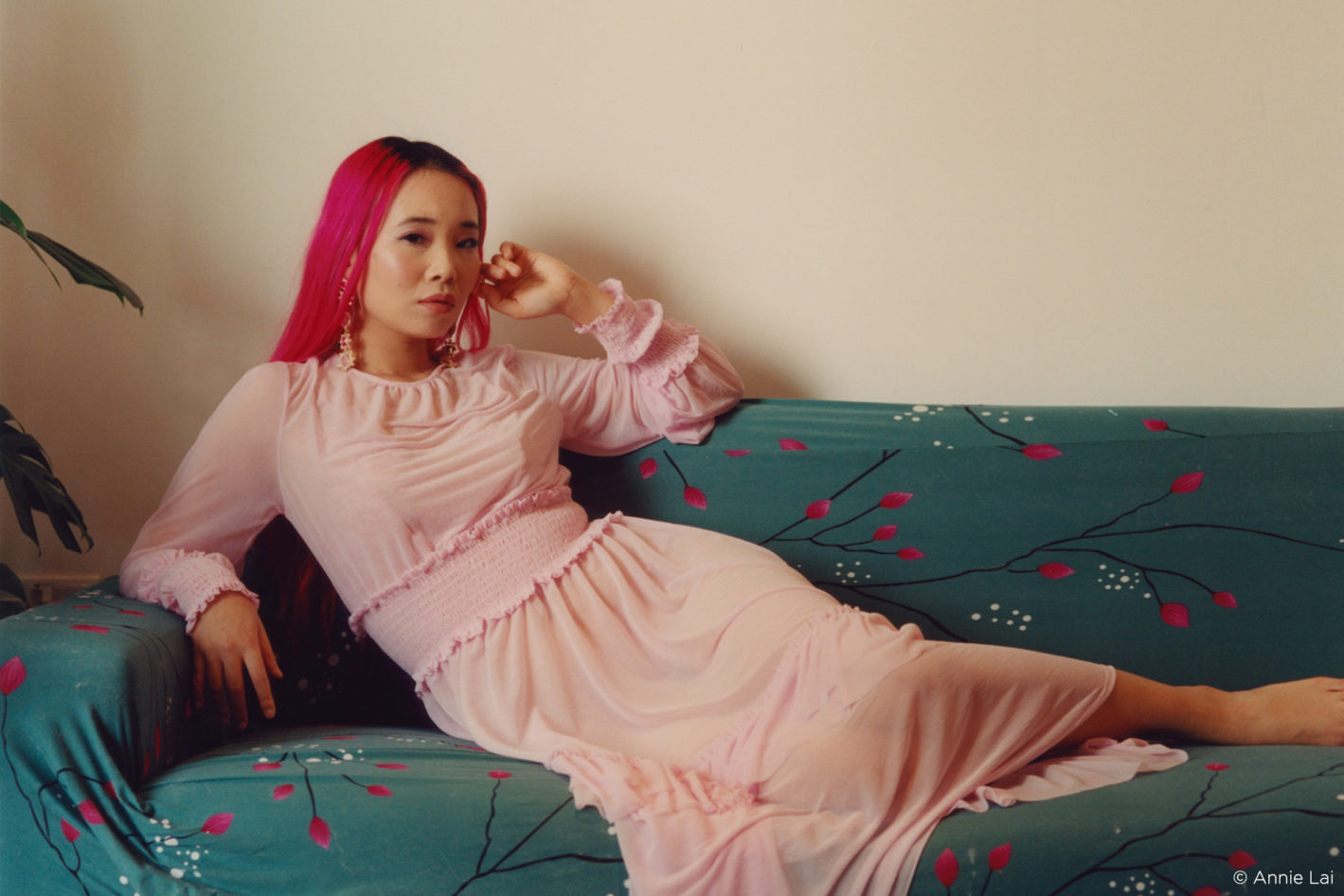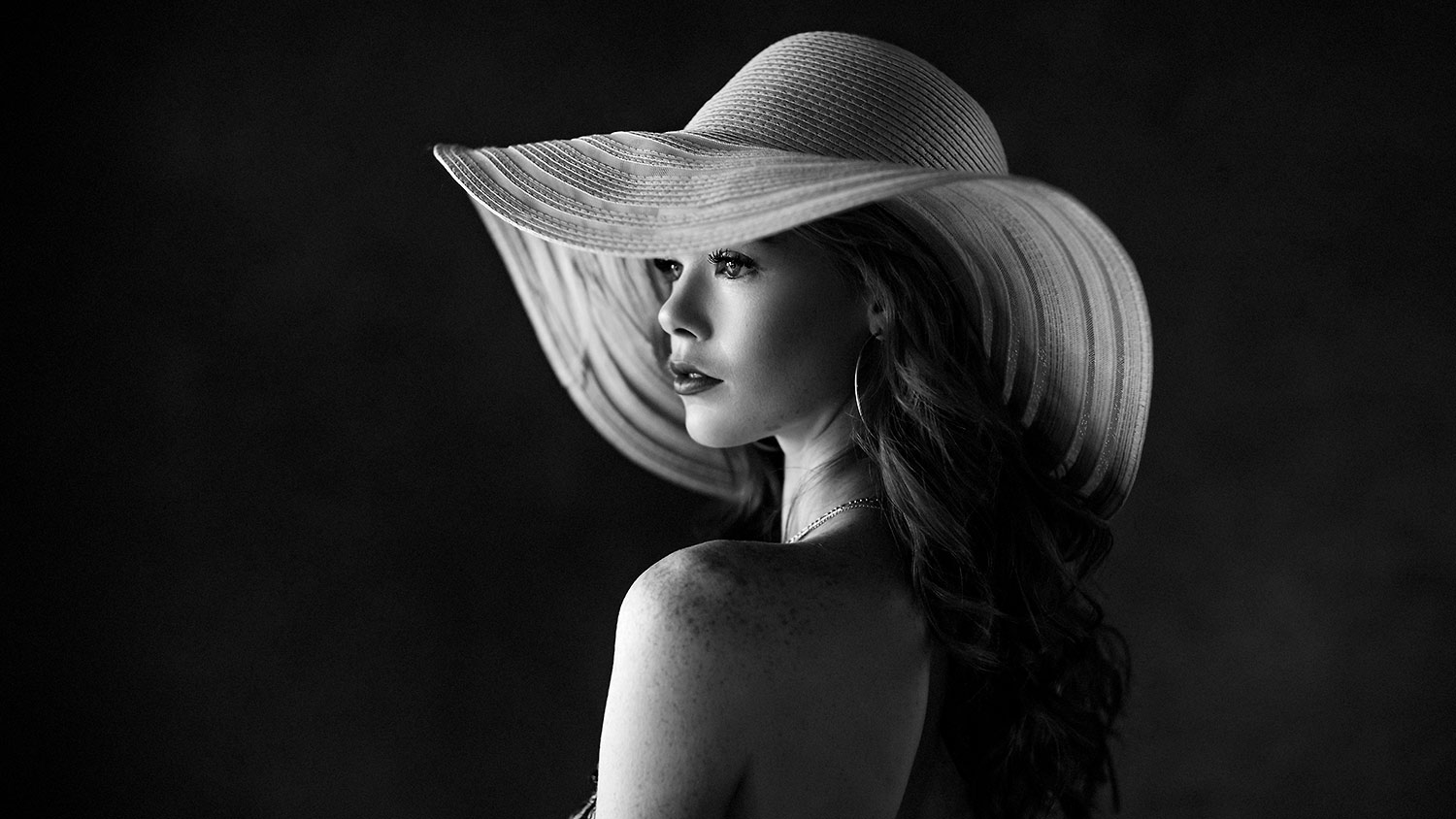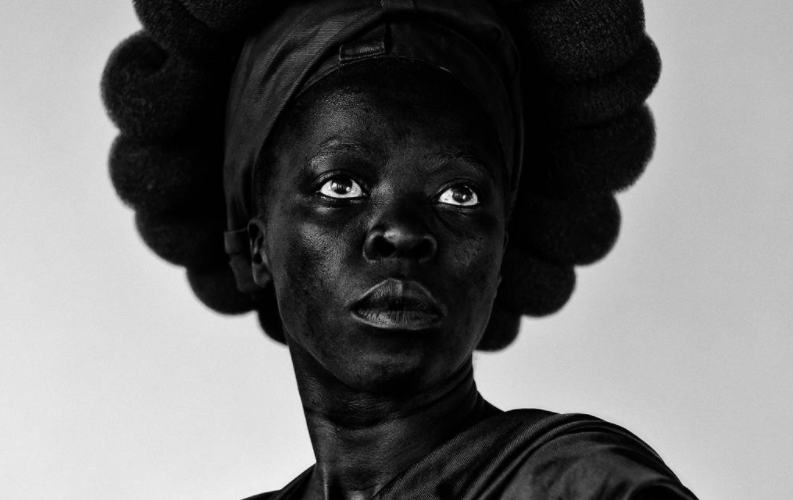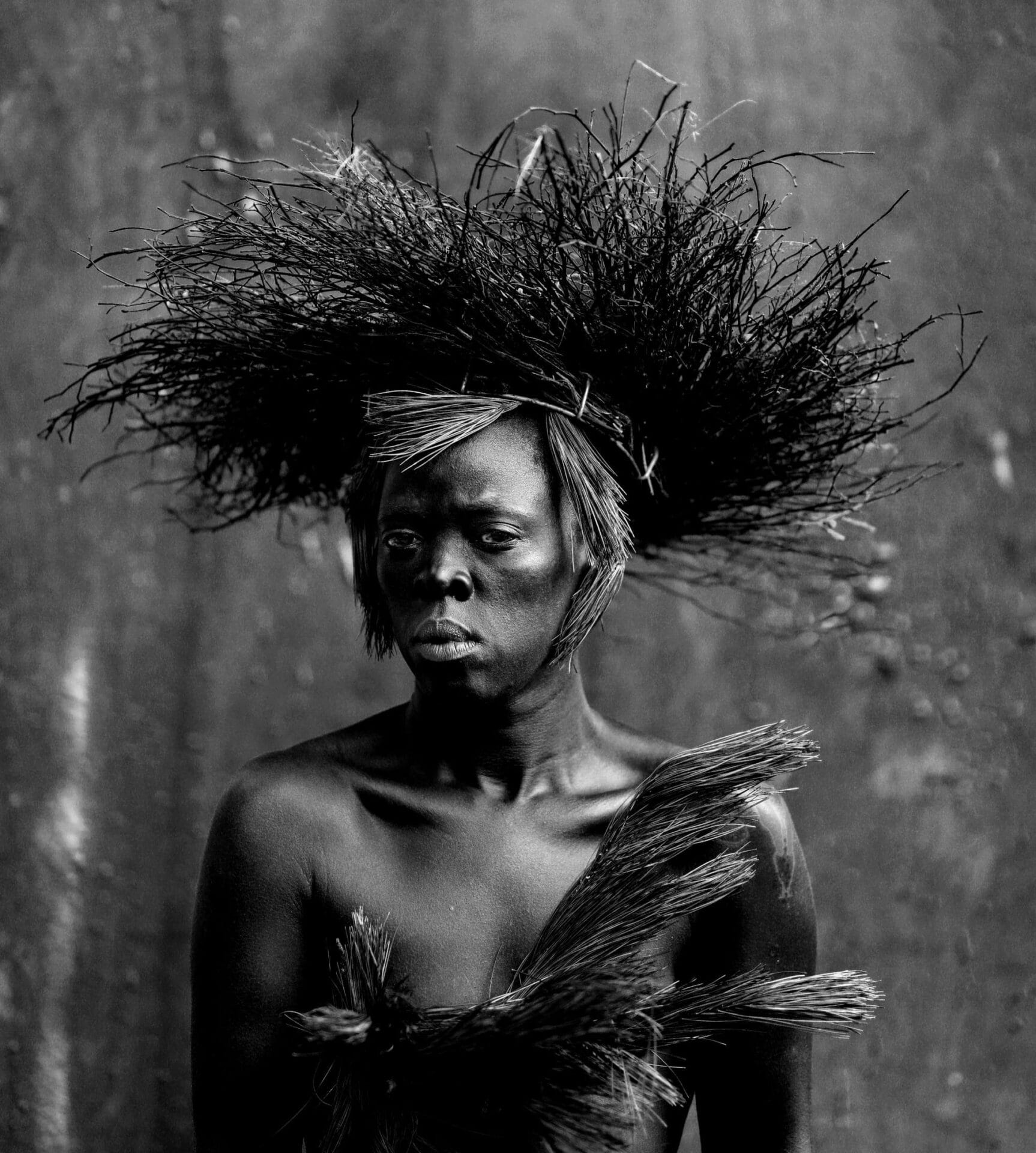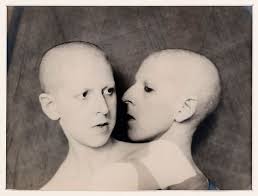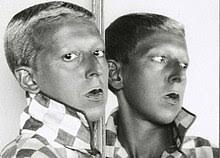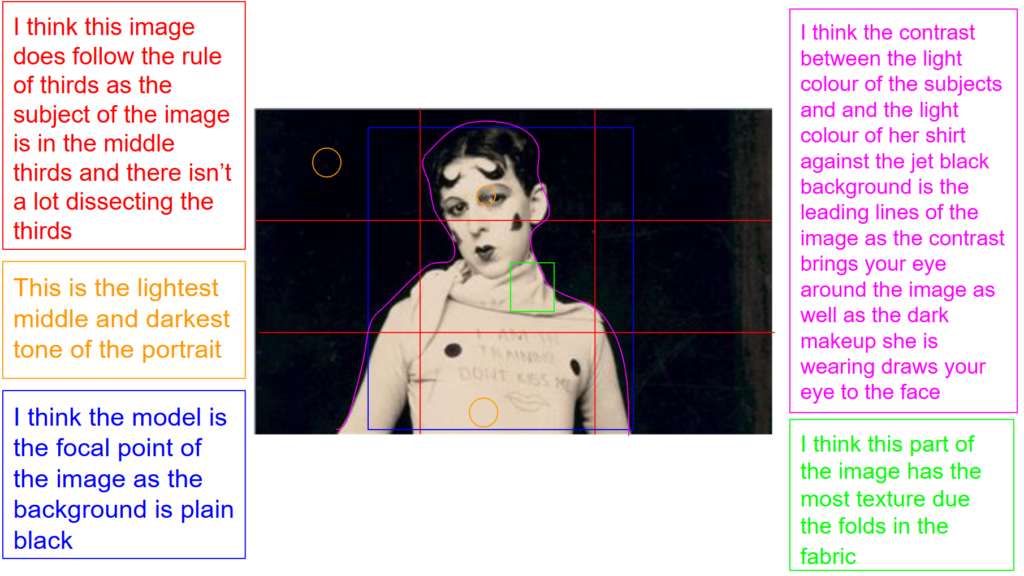What does identity mean to me?
To me, Identity means how you are perceived by yourself and others. I think it is made up of your characteristics, values, appearance, actions, interests and experiences.
Ideas
Female Stereotype’s–
I want to explore women’s stereotypes in my identity project because these roles are such a powerful reflection of how society shapes expectations. Women have historically been placed into narrowly defined categories—like the housewife, the beauty queen, or the caretaker. They each carry specific expectations about how they should look, act, and live. By focusing on these stereotypes, I can examine how these roles influence identities and challenge the idea that they are ‘natural’ or ‘instinctive.’
Mood Board
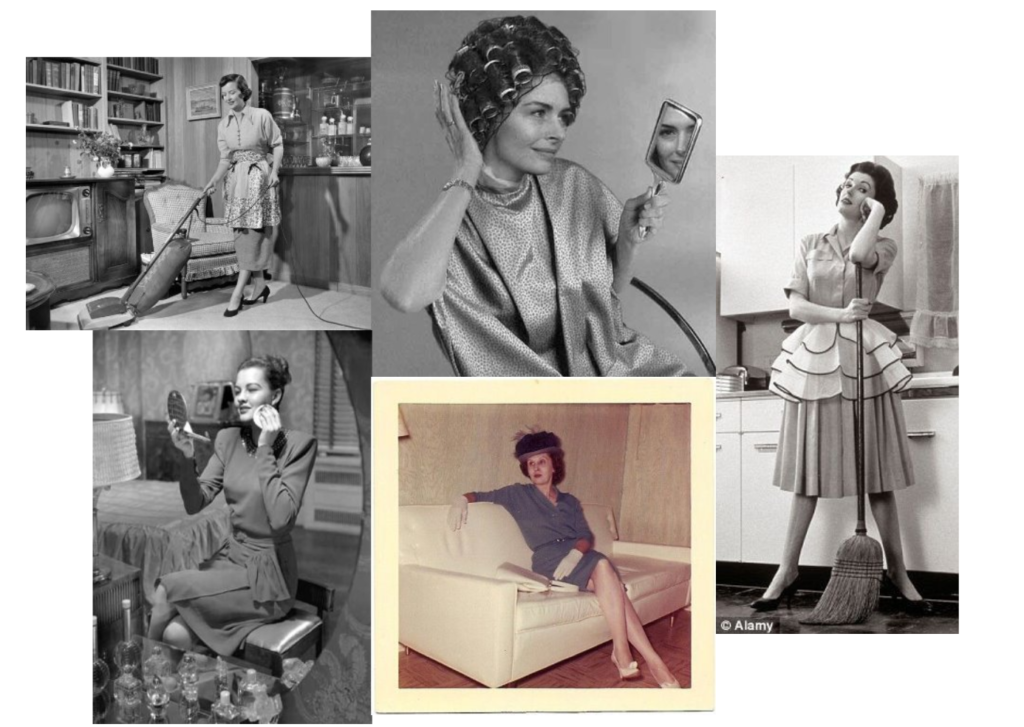
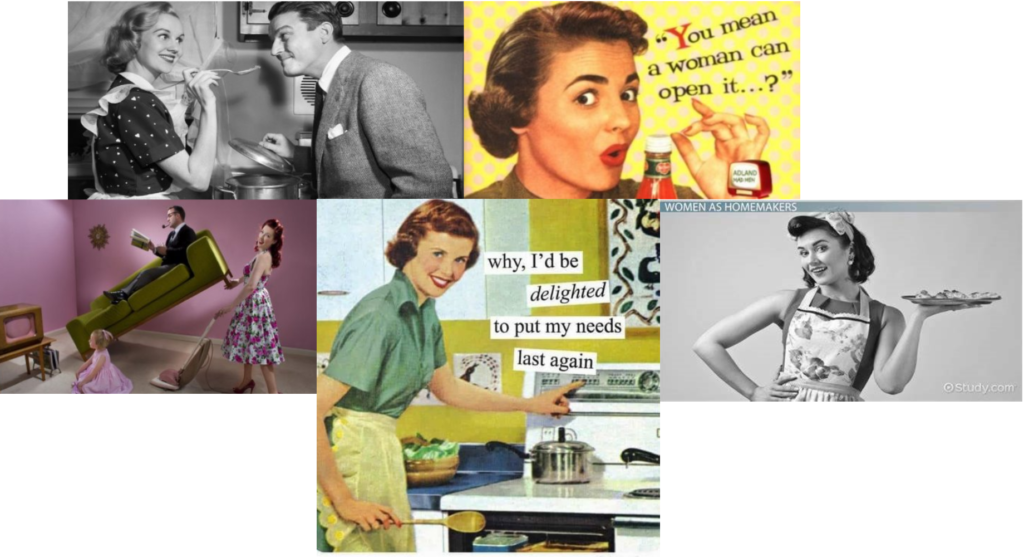
Photoshoot Ideas and How They Explore Identity
- Household Chores
- A woman hoovering, washing dishes, or ironing in a slightly exaggerated 1950s-inspired setting.
- Exploration: Highlights the societal expectation of women as caretakers and homemakers. Contrasts the idealized image with subtle expressions of frustration or detachment to question the performative nature of these roles.
- Beauty Routine
- Scene: A woman sitting at a vanity mirror doing her hair or makeup with excessive products and tools scattered around.
- Exploration: Examines the pressure on women to maintain appearances and conform to beauty standards. Smudged makeup or an overwhelmed expression could reflect the emotional toll of these expectations.
- “Looking Pretty” Pose
- Scene: A woman dressed glamorously, posed on a couch or chair with a staged, magazine-like elegance.
- Exploration: Critiques the stereotype of women as objects of visual pleasure. A stiff or overly dramatic pose could emphasize the artificiality of this role.
- Overworked Multitasker
- Scene: A woman juggling multiple tasks—cooking, holding a baby, typing on a laptop—all at once.
- Exploration: Represents the modern “superwoman” stereotype and the unrealistic expectations placed on women to balance career, home, and personal life seamlessly
- Mirror Reflection
- Scene: A woman looking at her reflection in a mirror, but the reflection shows a different, stereotyped version of herself (e.g., a housewife, beauty queen, or businesswoman).
- Exploration: Represents the tension between personal identity and societal roles, asking who defines a woman’s identity herself or the expectations placed on her.

